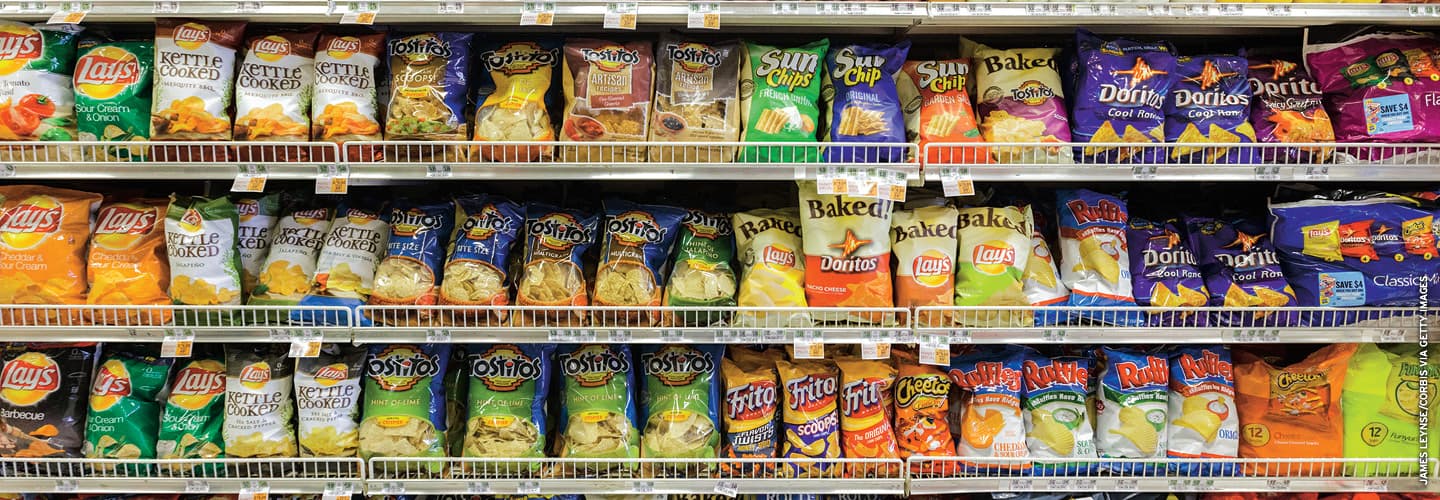Have you ever picked up a snack that looked healthy and then realized it contains as much sugar as a Snickers? The way food is packaged has a big influence on what customers buy. And currently a lot of that packaging encourages people to buy food that contributes to diet-related diseases, such as type 2 diabetes, heart disease, and obesity, that are among the leading causes of death in the U.S.
Requiring front-of-package warning labels indicating that a food or drink is high in sugar, salt, fat, or calories provides a clear and easy way for consumers to avoid products that contribute to poor health. Warning labels also address misleading marketing tactics. Companies conduct extensive research to determine what to put on packages to increase sales, and the messages and claims chosen seem to be designed to confuse rather than inform.

